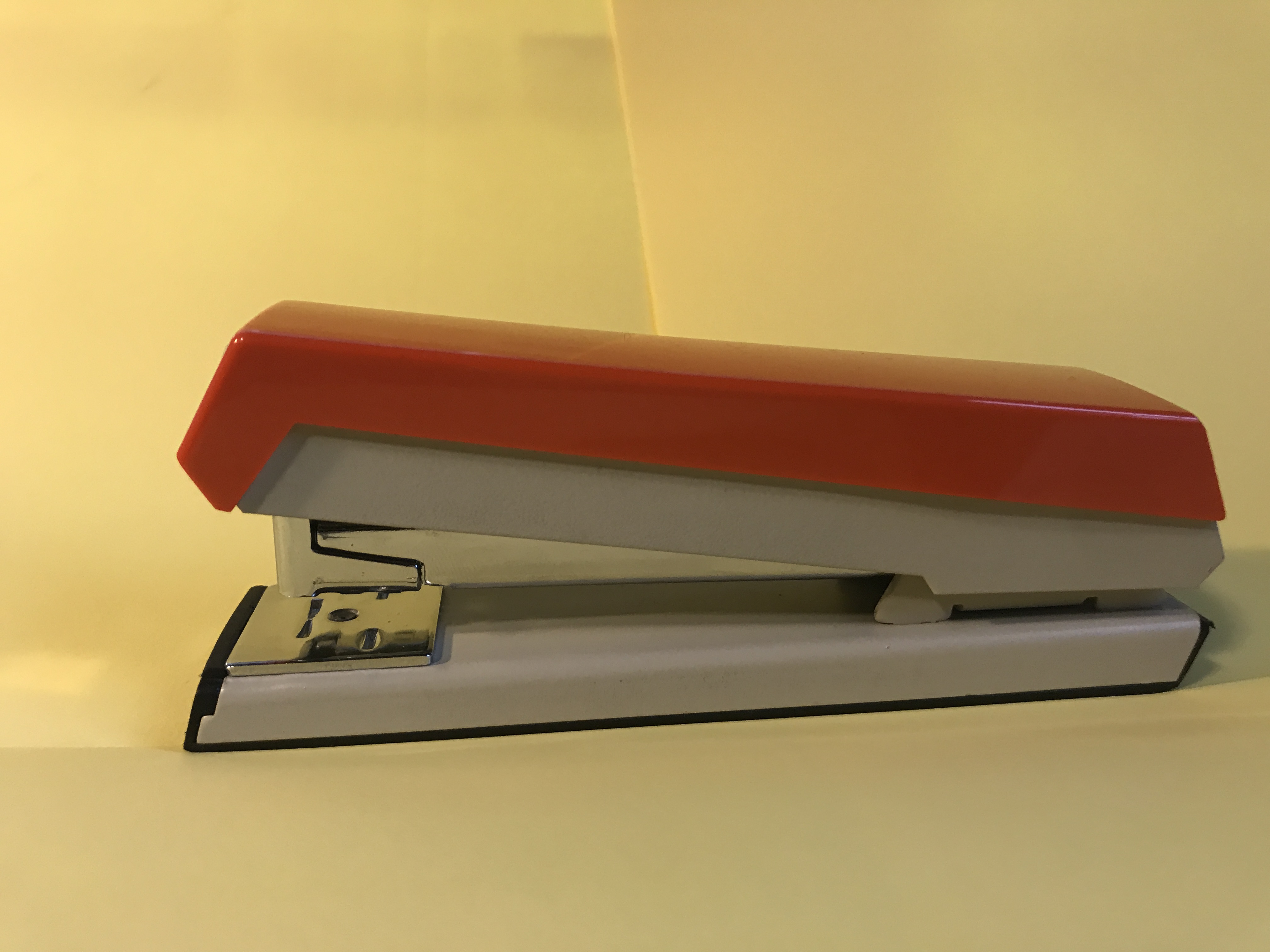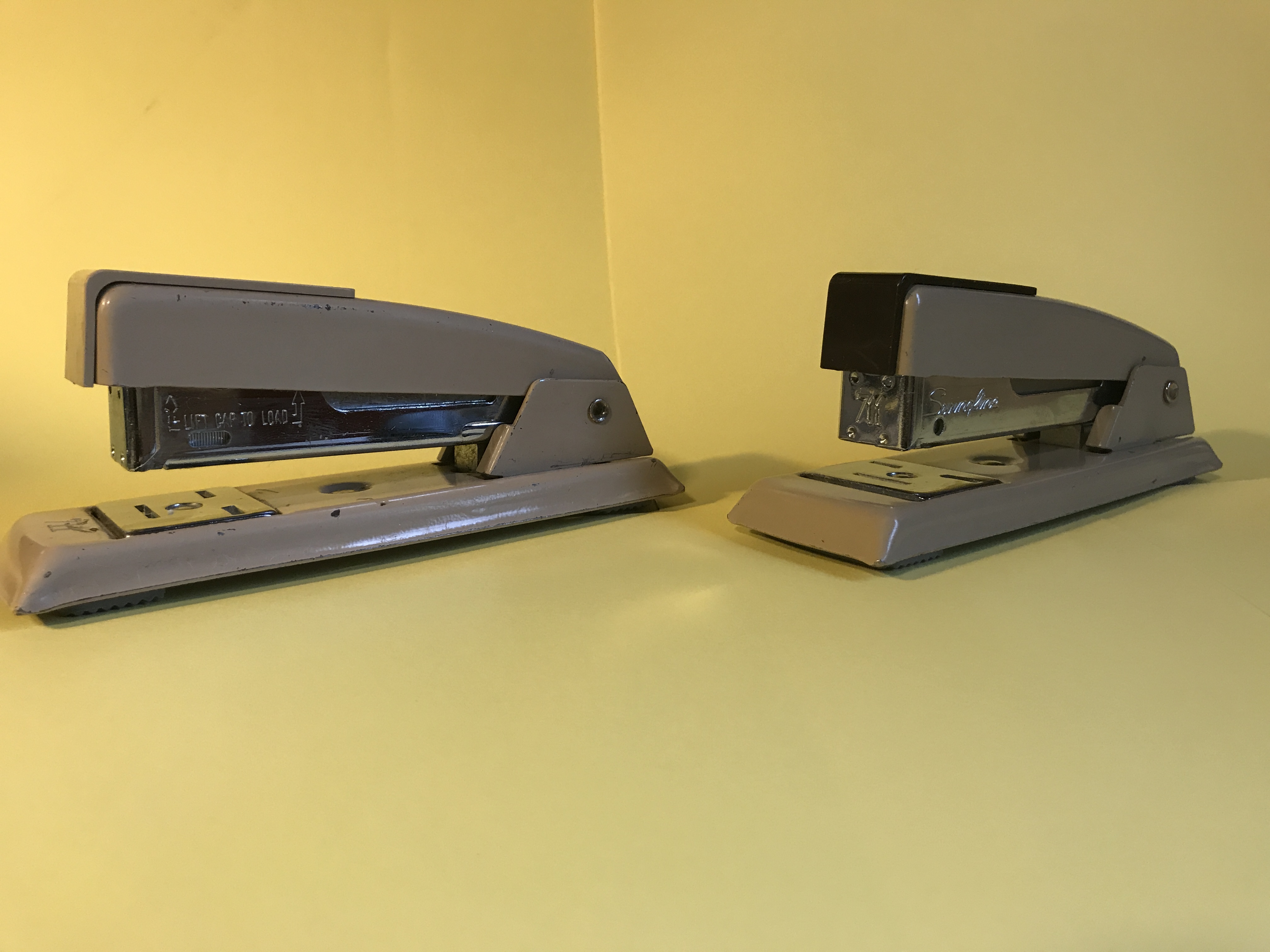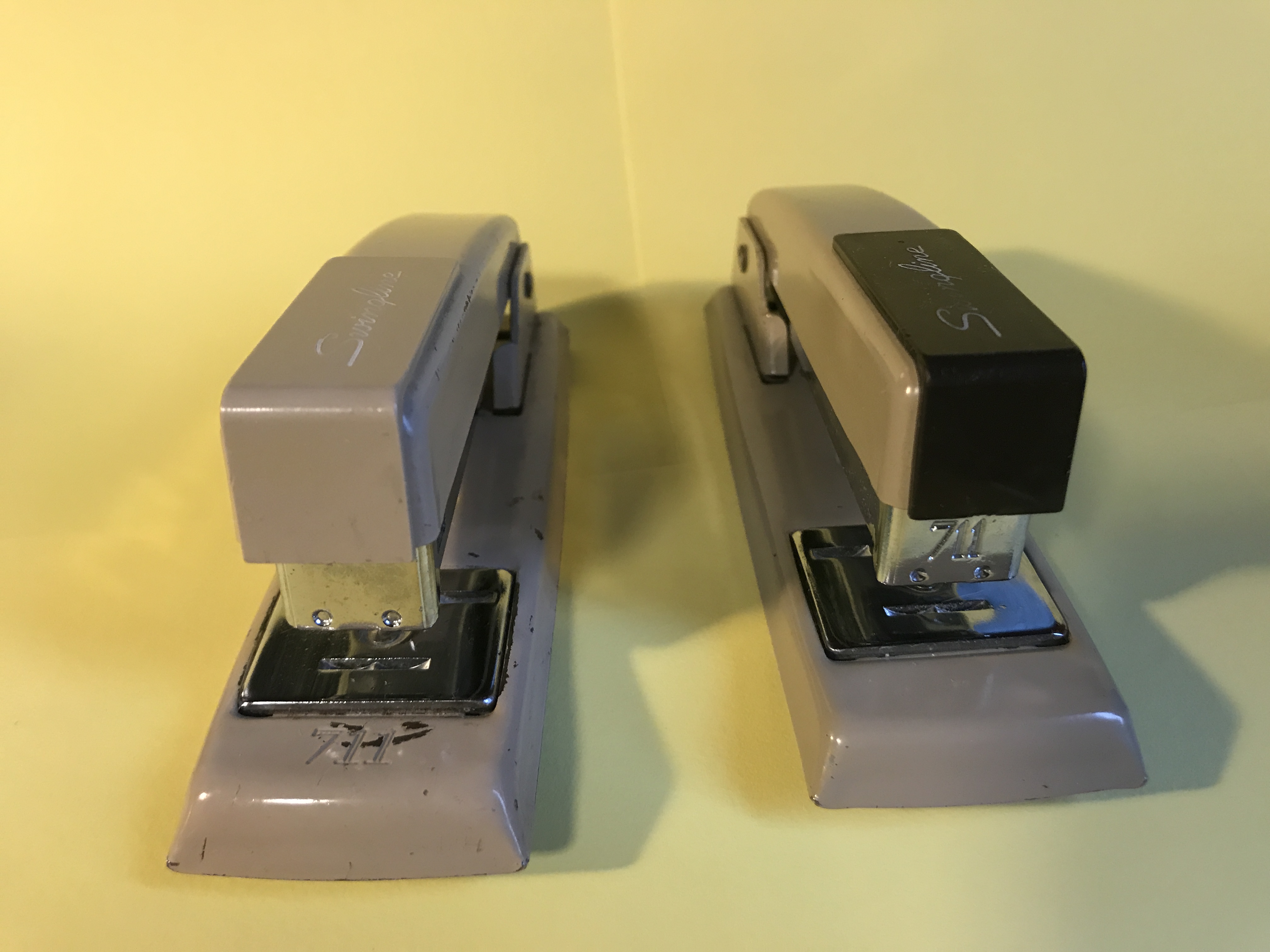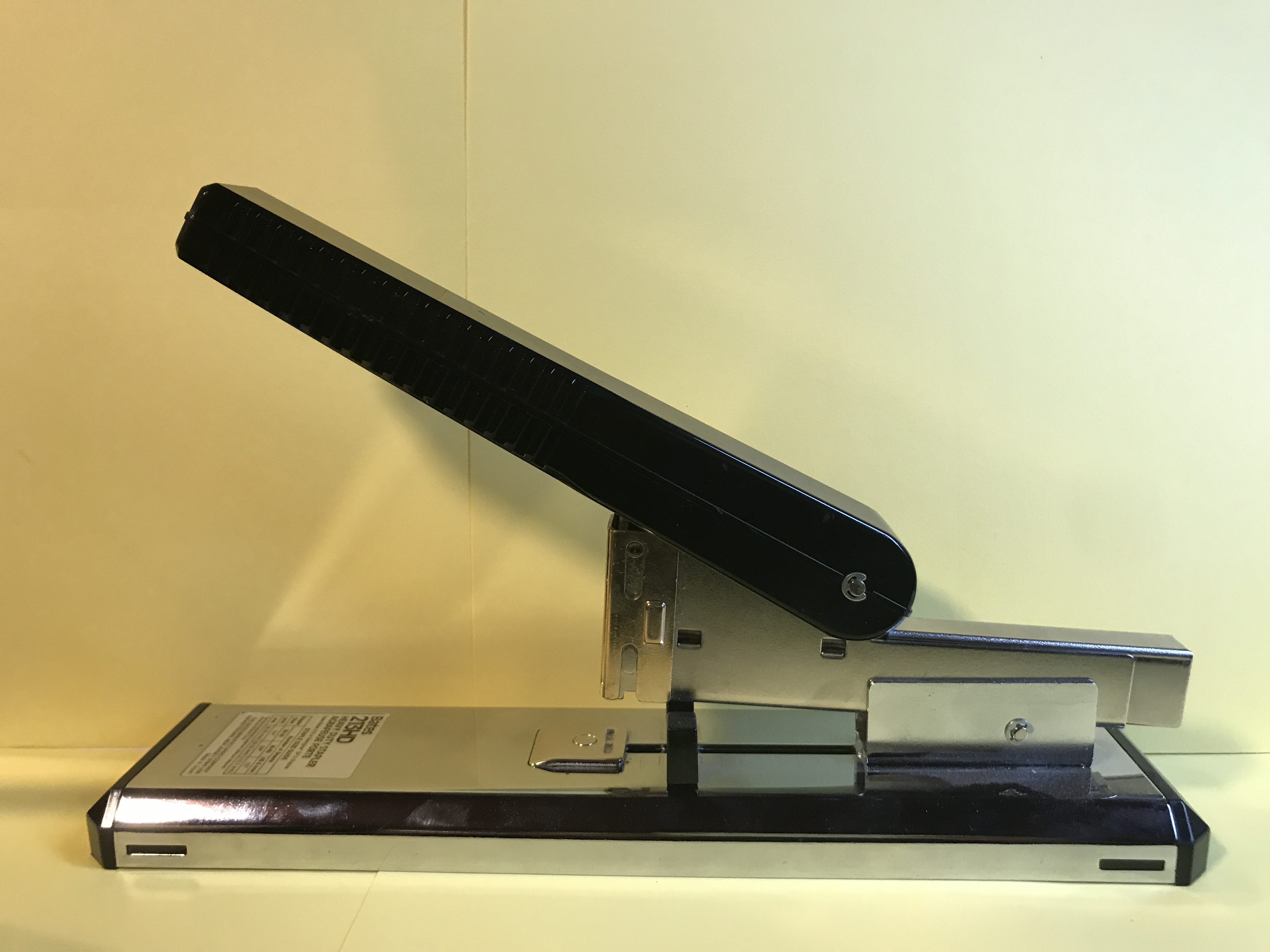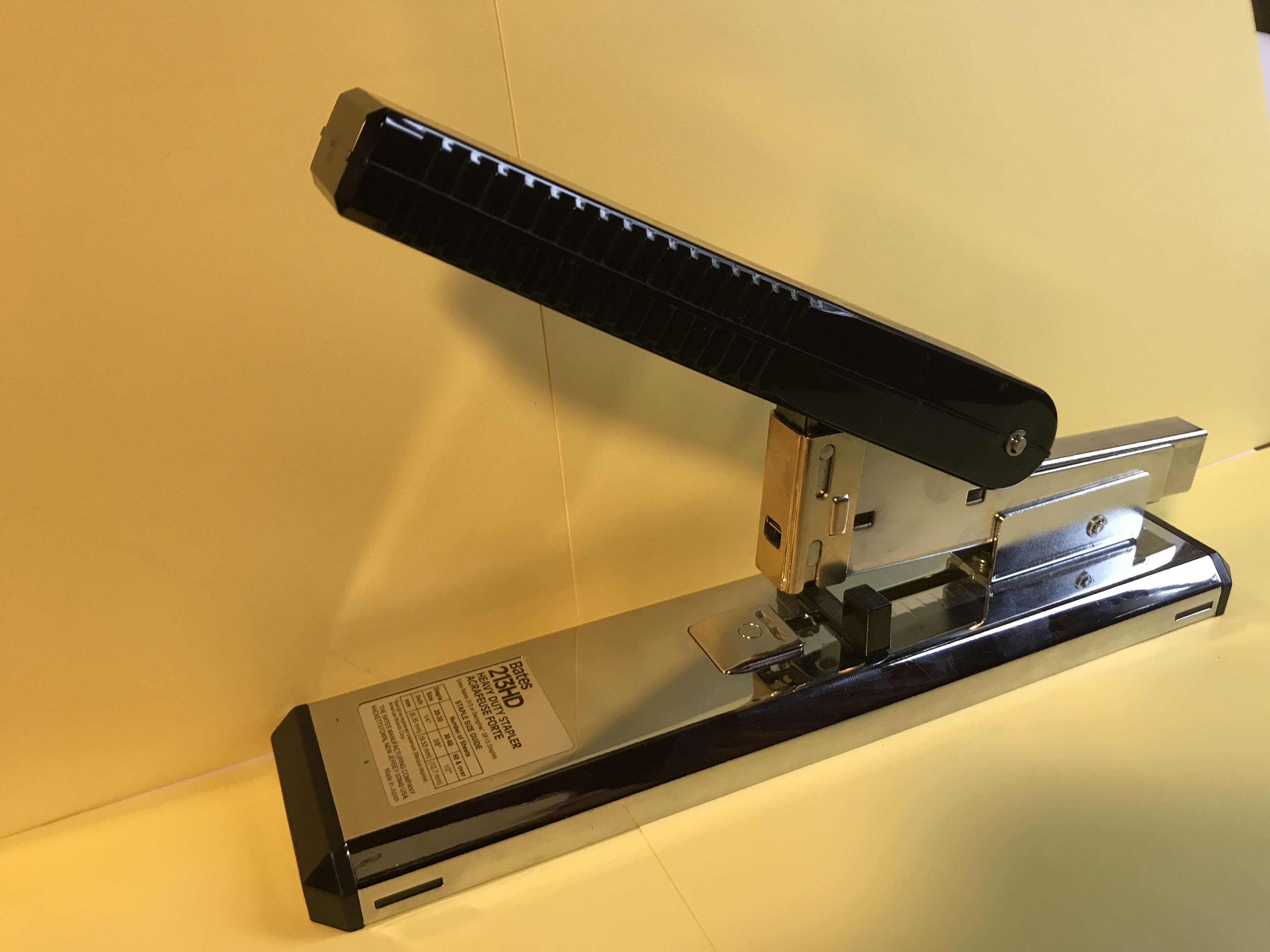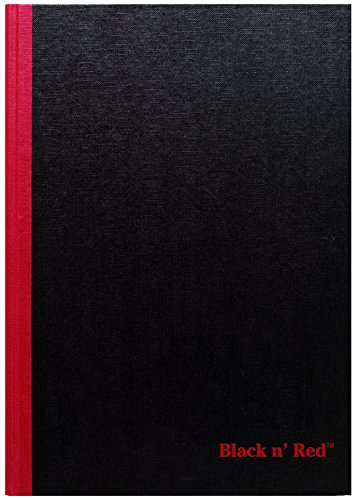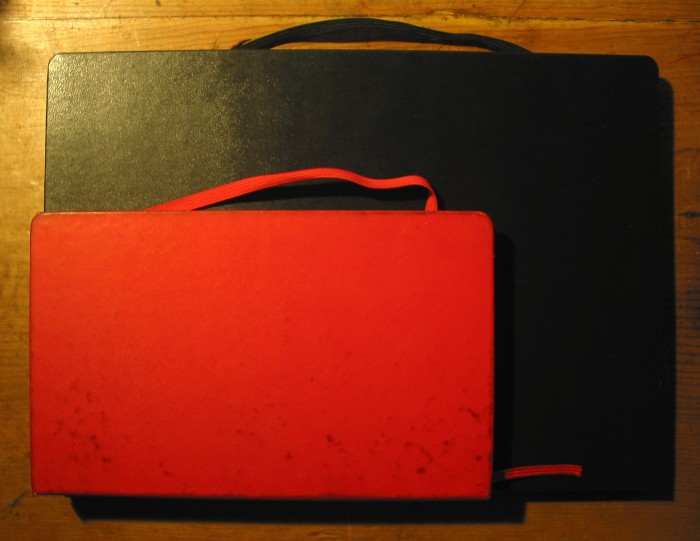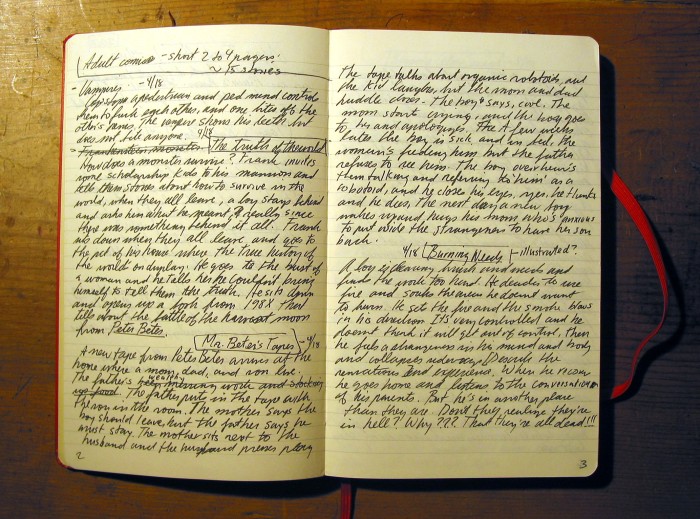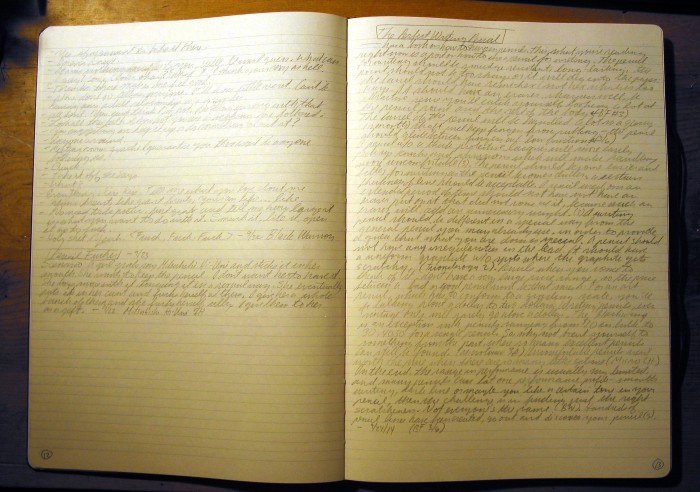For a while, I’ve been enjoying sharpening pencils in plug in the wall electric pencil sharpeners. The gateway was pencils, and then the mountable pencil sharpeners that were in common use in most classrooms. The following are some of these sharpeners. Some, like the KP-110 and KP-33s are on loan and unavailable for the family picture.

From left to right,
KP5 — This is the oldest of the models that I have and unfortunately makes the dullest point. I still use it but finish off in one of the other ones. The DNA of the models to come is already here: the light, the auto stop, the disk that looks like a dial but is really a guide for the pencil, and the receptacle.
KP33A — I don’t know how the 33A is special. I know the 33S makes a short point. The 33A…I have a 33N coming soon and should give me something else to compare it to.
KP8 — Here, the design that was to get so much play with the KP33s, was already fully baked. You have to love the light. And the feet — the feet on mine are suple and soft, floppy and not stiff like what came after with the KP33s. And I think it’s the softness is that makes them problematic. In many of the other KP8s that I’ve seen, the feet are flattened and thoroughly destroyed. At first glance, the KP8 looks like the KP33s, which are the most common online. The major difference for me is the less squarish face (the top is a little narrower than the bottom, compared to the KP33s).
KP100W — This, to me, is the purest version of this design. By this time, the light is gone, the dial’s been removed. Not, for me the prototypical Panasonic KP sharpener, but the one stripped down to its essentials. The case is all plastic, no more metal base (as with the KP5, KP8, KP33A) and the base feet are set closer together, which gives them less stability . The point from this guy is insanely sharp, though, and I’ve stabbed myself a few times with pencil points from it. This one makes the sharpest points of all the sharpeners I own.
KP99 — Nice point but the most boring in terms of looks. Nothing playful, very bland. The most distinguishing feature is the very broad silver plate surrounding the sharpening hole.
KP100N — this I bought new in the box and maybe because of that has the quietest motor/gears and gives me dangerously sharp points — just a hair less sharp than the KP100W. Has no doubt stabbed me a few times. All plastic body. Narrowly spaced rubber feet.
KP33S (not shown)- This is a short point version of the 33. Ideal for colored pencils or soft leads where a long sharp point is too britttle. All plastic body.
KP110 (not shown)– the latest model that I have and I think the cutest, by virtue of its small size. The receptacle is super small. And so is the motor so pencil shaperining is slower. Still, a quality pencil sharpener and a good addition to a small table, It has a sharp point, too.
After the KP110, new designs were made outside of Japan and just don’t look as good, as interesting, or as desireable. The KP330, which I don’t own, looks generic, like there was nowhere else to go. Over time, the compromises and trade offs are clear. Plastic replaces metal, plate bottoms in the KP100s replace the one part bottom, the light goes away, the motor becomes smaller and less powerful. Through it all, though, there was still a commitment to quality, which is why I find these machines so fascinating. And they’re also inexpensive, averaging about 20 to 60 dollars, depending on model and condition. You can frequently find very fine units with box and manuals or with very light use. If you have the opportunity, I recommend you pick up a few…

